Because words are inadequate todescribe the horror, Dario Gabbai leafs through a book of drawings to illustrate how he and other sonderkommandos fed the crematoria at Auschwitz-Birkenau.
He points a gnarled finger at one image of the repugnant job the Nazis forced him to do: in a cavernous subterranean changing room, helping victims undress before they were asphyxiated in the gas chamber. Another picture shows how Gabbai and the others had to drag corpses from the chamber, using a hooked cane. A third demonstrates how sonderkommandos ground up bones that did not disintegrate in the crematorium ovens. "I remember this scene very well," he says with a sigh.
At 78, Gabbai, a Sephardic Jew and one of very few sonderkommandos still alive, says he continues to struggle with feelings of guilt and degradation. "Our work was nothing short of a nightmare," he wrote in a statement during a cathartic 1999 journey back to Birkenau. "[It] distorted our external appearance … and made us coarse, repellent and disgusting."
Today, a rigorous regime of physical fitness — three hours a day at the gym — helps keep Gabbai’s hideous memories at bay. "It’s therapy," he confides. "When I’m sweating, it clears my mind of everything, and I don’t have to think of the past."
Last week, Gabbai, who will appear at the Holocaust Remembrance Day commemoration at Sephardic Temple Tifereth Israel on April 22, sat amid photographs of his murdered relatives and remembered his ordeal. It began in 1941, when the Nazis invaded Gabbai’s hometown of Salonika, Greece, once known as the Jerusalem of the Balkans. In April 1944, he rode with his family to Auschwitz for nine days in a Nazi cattle car. There, his parents and little brother were immediately carted away in a truck.
Gabbai didn’t learn their fate until a month later, when he was ordered to report to sonderkommando Block 13 with his older brother and two cousins. On his first day of work, he was shocked when 2,000 men, women and children were crammed into a false "shower room" beneath Crematorium II. After the door closed, he was alarmed by the sounds that emerged from the adjoining gas chamber. About 20 minutes later the doors opened, to reveal a tangle of naked corpses. The walls were covered with blood and scratch marks.
"I saw 2,000 people going in alive, and there they were, all standing up, dead, the women with babies in their arms, some black and blue from the gas," Gabbai says. "This is where my mind went blind."
An officer gave him a large pair of scissors and ordered him to cut off the corpses’ hair, to be woven into German army blankets. While cutting one woman’s hair, Gabbai placed his foot on her belly and was frightened when a loud sound emerged from her dead lips. "Where is God?" he wailed.
Over the next eight-and-a-half months, Gabbai and 950 other sonderkommandos in four crematoria worked lengthy shifts to burn the 600,000 Jews, most of them Hungarian, who had been hastily gassed before Auschwitz was liberated in late January 1945. It took about 30 minutes to burn four corpses in one oven portal, he says: "I had to turn the bodies every 15 to 20 minutes with a special tool," he adds, wincing. Whenever Gabbai heard the sound of a motorcycle in the wee hours, he knew the chief of transports was arriving with another group of human beings to be gassed.
One day, the transport included two of Gabbai’s friends from Salonika. "I told them they were going to die," he recalls. "My cousins and I gave them whatever food we had, and we told them where to stand so the gas would kill them in two minutes instead of five."
The cousins scooped the men’s ashes from the oven and buried them outside the crematoria. "We said ‘Kaddish’ for them," Gabbai says. "But we were already so ice-cold [emotionally]. Nothing was penetrating. That is the only way we could survive."
All the while, Gabbai lived with the other sonderkommandos in a dormitory above Crematorium II. They were far better off than other inmates because they were allowed to eat the food and wear the clothing left behind by the gas-chamber victims. Nevertheless, they knew their life expectancy was only about six months; the Nazis routinely executed crematorium workers to eliminate witnesses to the Final Solution. At the war’s end, Gabbai was lucky to be one of only 90 or so Auschwitz-Birkenau sonderkommandos left alive.
For a decade after the war, Gabbai often woke up screaming because of nightmares about the ovens, the bodies and the flames. Gradually, he adapted to postwar existence by focusing on life in the moment.
But even today, a moral question continues to haunt him: Should the sonderkommandos have refused to do the Nazis’ dirty work? "Sometimes I wonder, ‘Why didn’t I just go and die with the others?’" he told The Journal.
Gabbai received a Jewish answer when several rabbis e-mailed him after he and his cousins returned to the camp for a 2000 documentary, "Auschwitz: The Final Witness." The letters pointed out that the Talmud mandates a person to do everything possible to survive — even by working as a sonderkommando — so long as one does not become an apostate. "When I heard rabbis and authorities tell me I wasn’t guilty, that at least gave me some consolation that, after all, I wasn’t such a bad man," Gabbai says.
He also appeared in "The Last Days," the 1998 Oscar-winning documentary produced by Steven Spielberg’s Survivors of the Shoah Visual History Foundation about the Hungarian Jewish genocide.
Scholars regard the sonderkommandos’ testimony as critical for the historical record. "That is why I have to tell my story," Gabbai says.










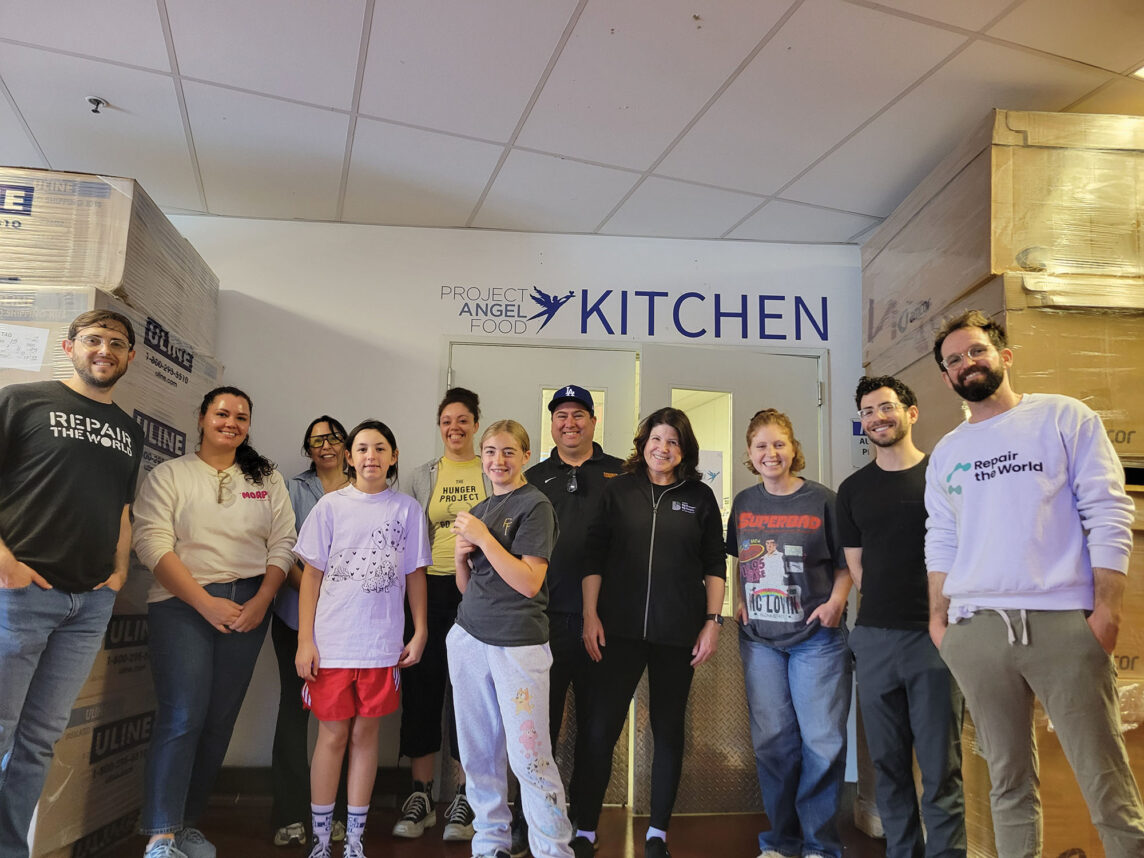
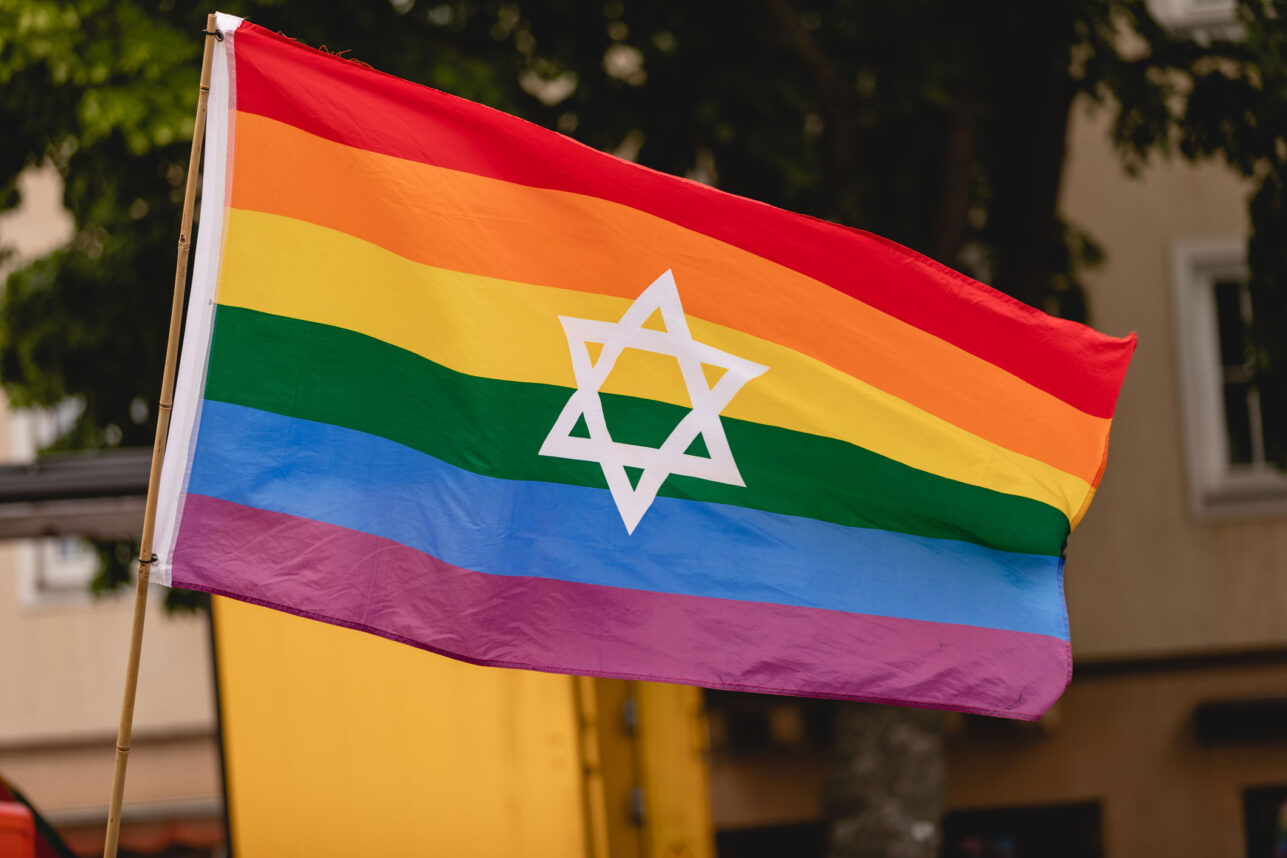
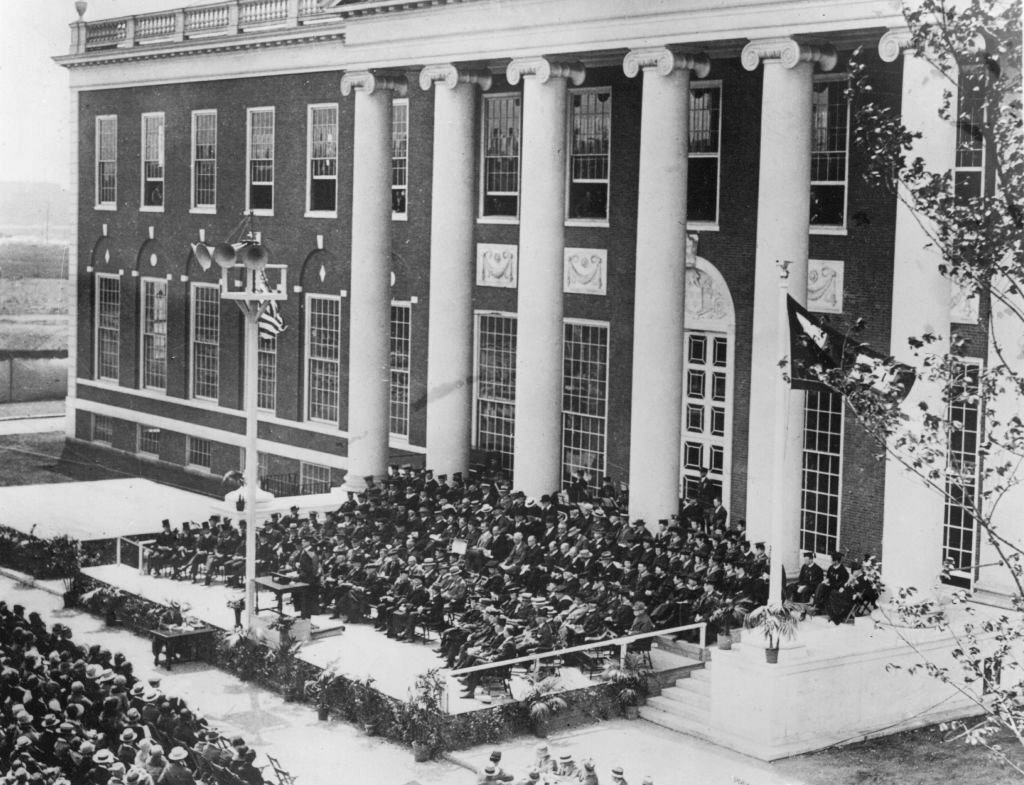



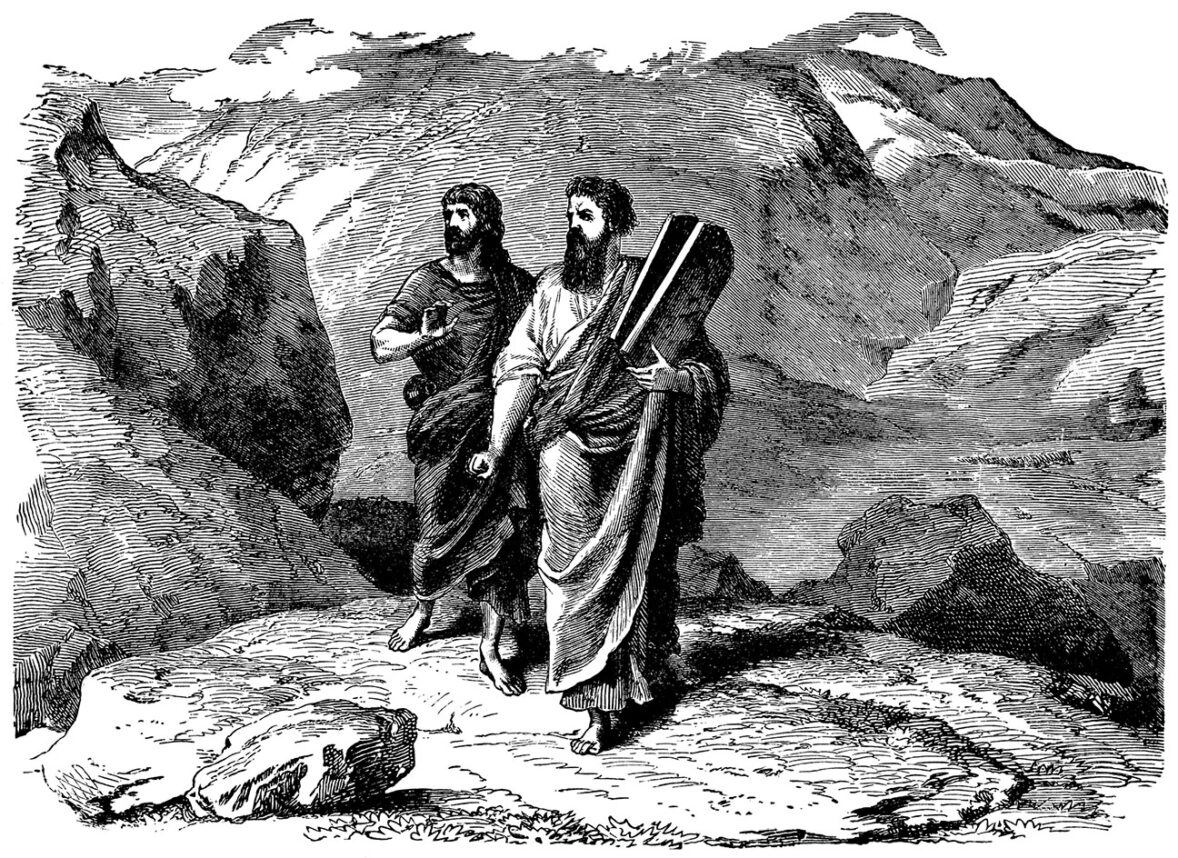



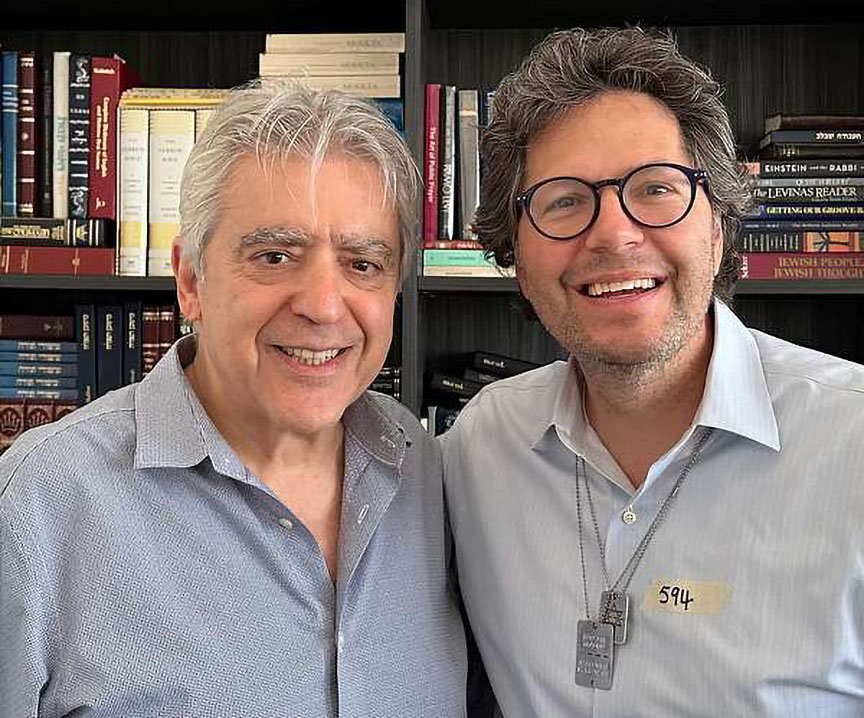


 More news and opinions than at a Shabbat dinner, right in your inbox.
More news and opinions than at a Shabbat dinner, right in your inbox.